Trump Signs Executive Order to Dismantle U.S. Department of Education
President follows through on campaign promise as critics launch legal challenges
President Donald Trump has signed an executive order aimed at dismantling the U.S. Department of Education, a major step toward fulfilling a longstanding conservative goal and one of his key campaign pledges.
Calling the agency a source of “breathtaking failures,” Trump declared that control over education should be returned to individual states.
“We're going to shut it down as quickly as possible,” Trump said during a ceremony at the White House, where he was surrounded by children seated at school desks. However, the administration admitted that fully closing the department would require congressional approval—something seen as unlikely given the current political landscape.
A Deep Conservative Goal Meets Immediate Pushback
The move has already triggered legal challenges and widespread criticism, particularly over sweeping staff cuts announced last week. The Department of Education, created in 1979, currently administers student loan programs and supports initiatives for low-income students.
While many Americans assume the federal department oversees schools and curricula, the reality is that education in the U.S. is largely managed by states and local districts. Only about 13% of public school funding comes from the federal level; the rest is funded through state and local taxes.
Still, Trump accused the department of pushing ideological agendas, claiming it has exposed students to divisive racial, sexual, and political content.
Funding, Impact, and Political Obstacles
Despite Trump’s criticisms, the department’s $238 billion budget accounts for less than 2% of total federal spending. The U.S. spends approximately 5.4% of its GDP on education—more than many other countries, though outcomes remain mixed.
At the signing ceremony, Trump praised Linda McMahon, whom he appointed as Secretary of Education, expressing hope that she would be the department’s last leader. He hinted she would be reassigned elsewhere in the administration once the agency was closed.
McMahon later sent a memo titled “Our Department’s Final Mission” to the department’s 4,400 employees, calling the transition a chance to leave a lasting legacy:
“This is our opportunity to perform one final, unforgettable public service to future generations of students,” she wrote.
The executive order instructs McMahon to “take all necessary steps” to close the department, shifting authority over education to state and local governments. It also emphasizes the need to ensure the continued delivery of essential services and benefits during the transition.
However, the order lacks clear details on which programs will be cut, moved, or retained. Previous reports suggested some functions, such as student loan programs, may be transferred to departments like the Treasury.
Political Hurdles and Public Outcry
Senator Bill Cassidy (R-Louisiana) announced plans to introduce legislation to officially shut down the department. But with Republicans holding only a slim 53-47 majority in the Senate—and 60 votes needed to overcome a filibuster—the measure faces steep odds.
The American Federation of Teachers strongly condemned the plan, accusing Trump of targeting vulnerable students under the guise of cutting bureaucracy.
“Don’t use a ‘war on woke’ to attack children living in poverty and those with disabilities,” the union said in a statement.
A Decades-Long Conservative Ambition
Calls to eliminate the Department of Education date back over 40 years. Just two years after its creation under Democratic President Jimmy Carter, Ronald Reagan’s administration pushed for its abolition, arguing that education should not be a federal responsibility.
The department remains the smallest within the president’s Cabinet, yet plays a critical role in federal education policy and funding.
As part of Trump’s broader campaign to downsize the federal government, nearly 2,100 department employees are set to be placed on leave beginning Friday. The cuts are being led by the Department of Government Efficiency (Doge), under the supervision of tech billionaire Elon Musk, who has been overseeing federal restructuring efforts.
Even if the department is not formally abolished, experts warn that drastic budget cuts and workforce reductions could significantly hinder its operations, much like what happened to the U.S. Agency for International Development (USAID) under similar restructuring.
As legal battles loom and opposition mounts, Trump’s push to shutter the Department of Education has reignited fierce debates over the federal government’s role in public schooling—and what the future of American education should look like.


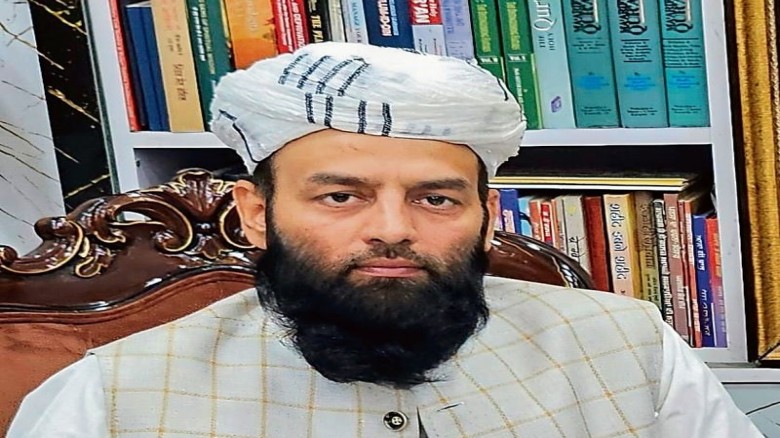

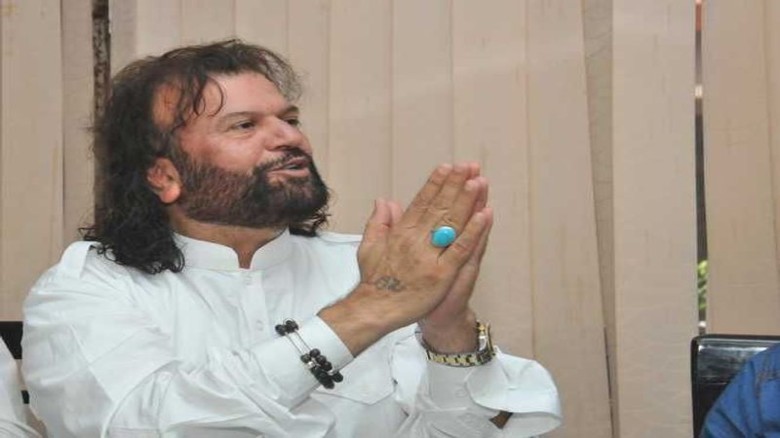




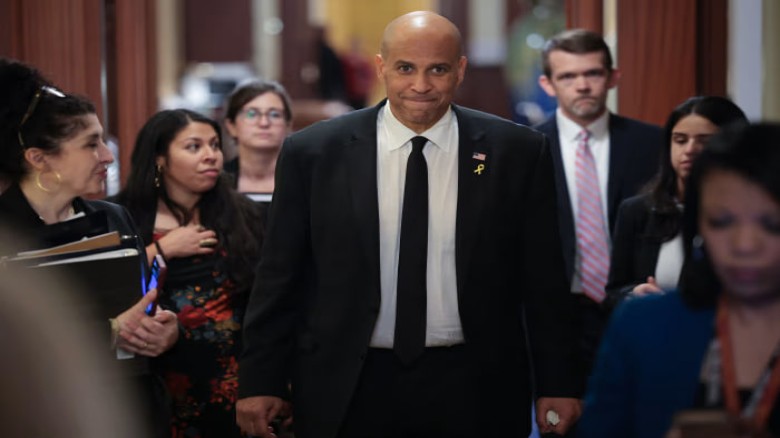
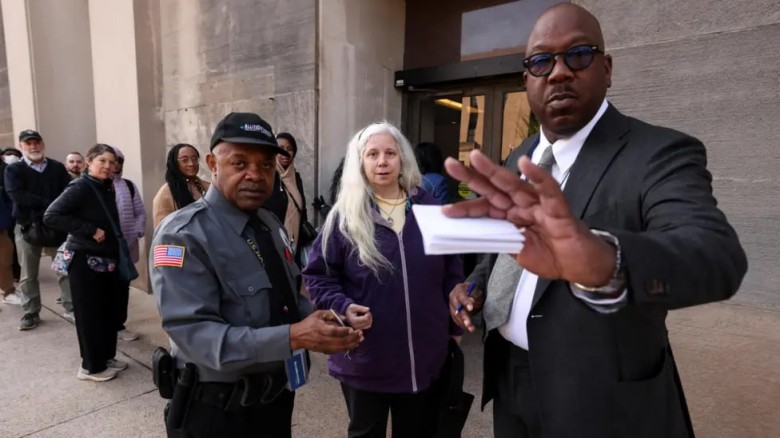

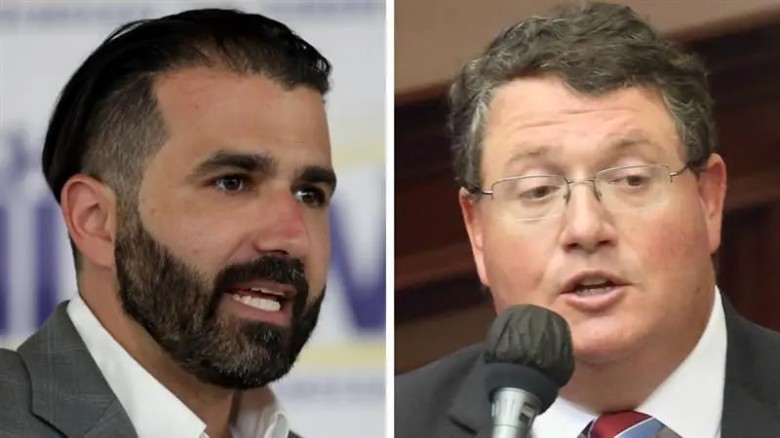
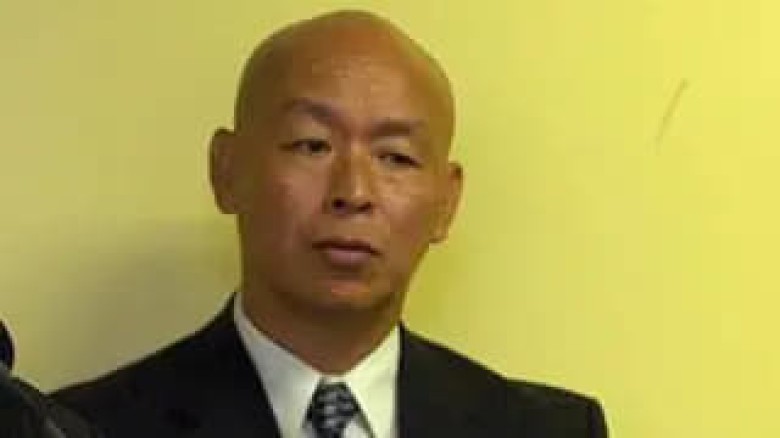
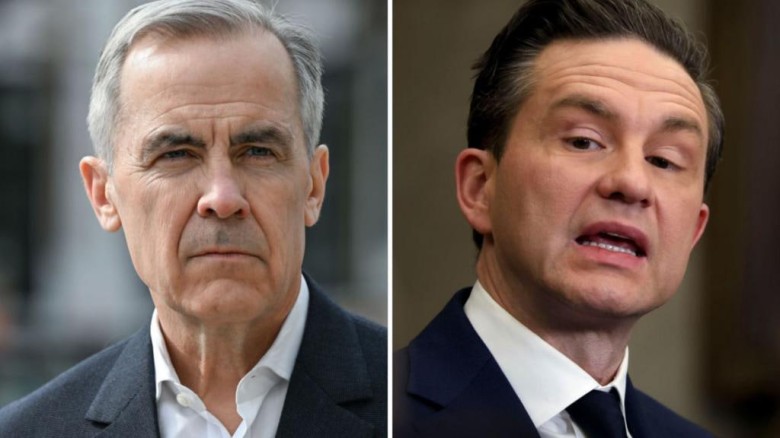

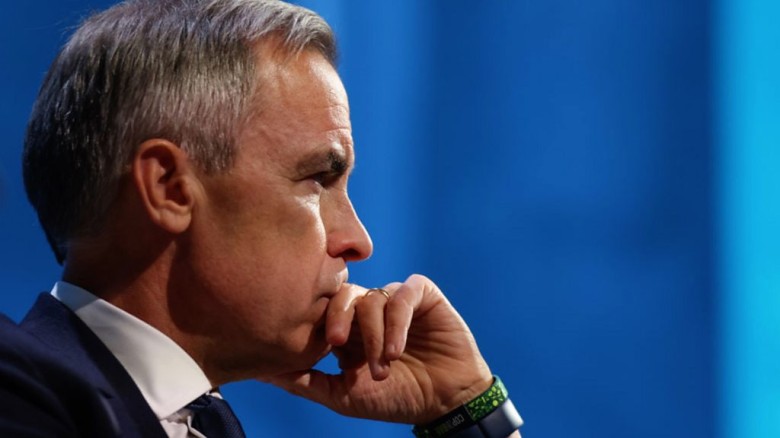

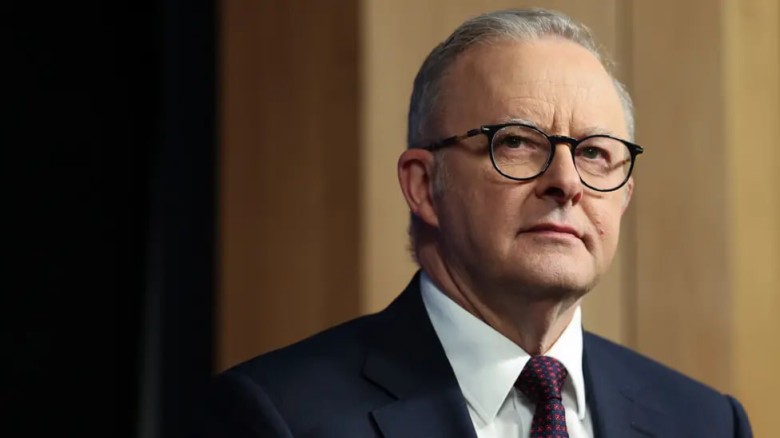





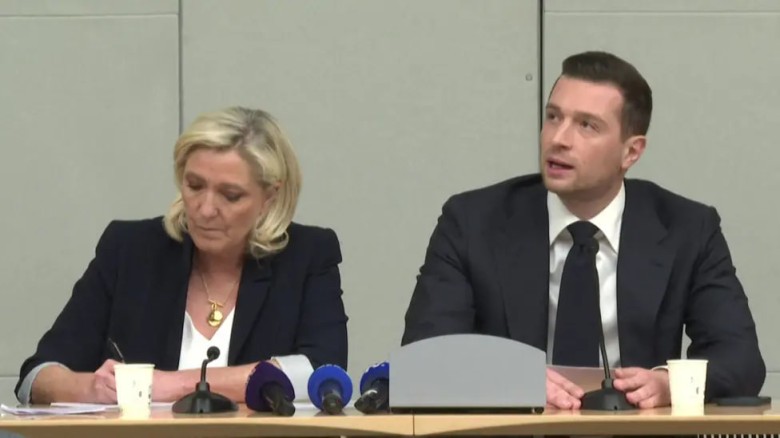





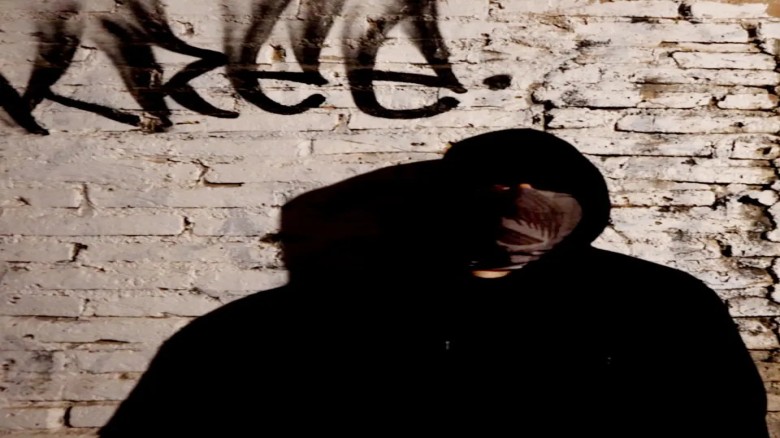
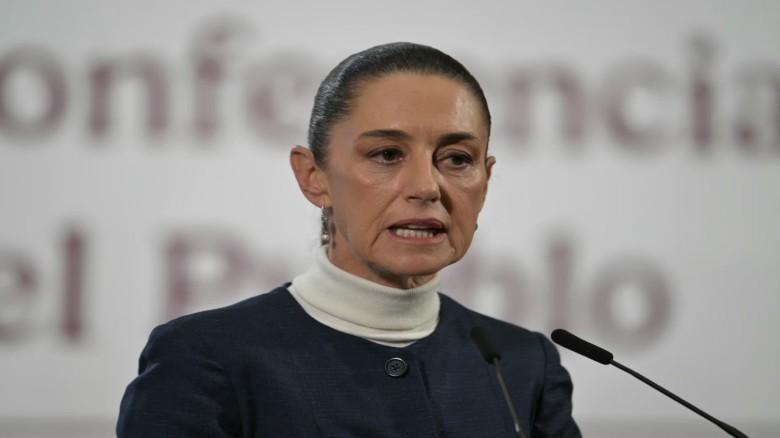


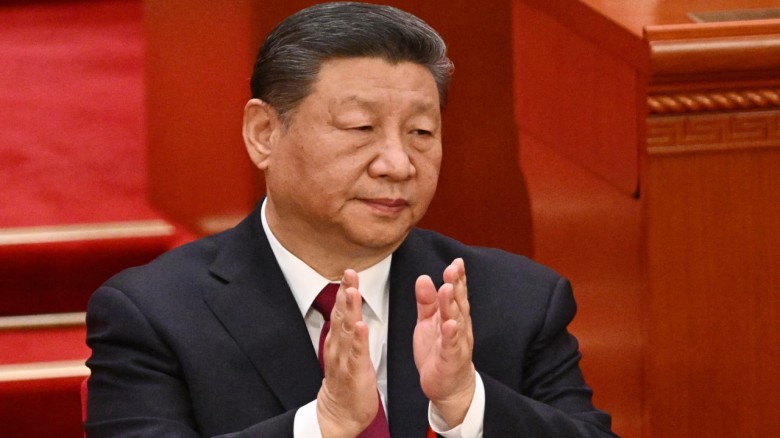

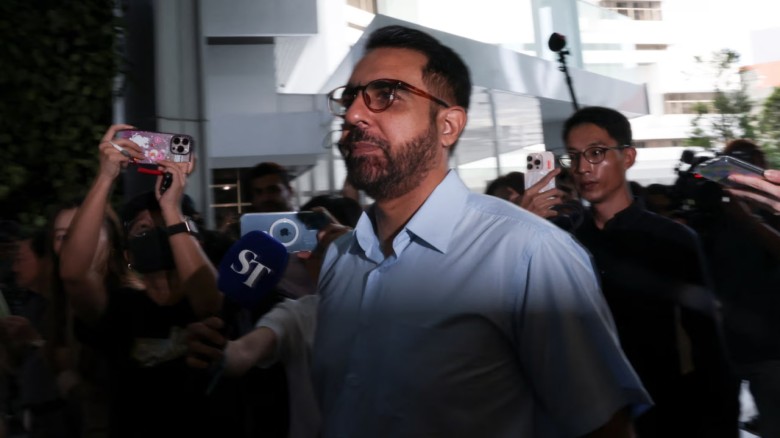





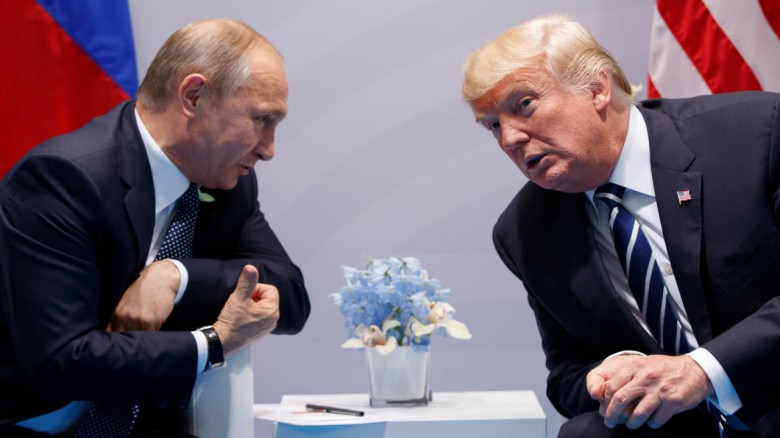












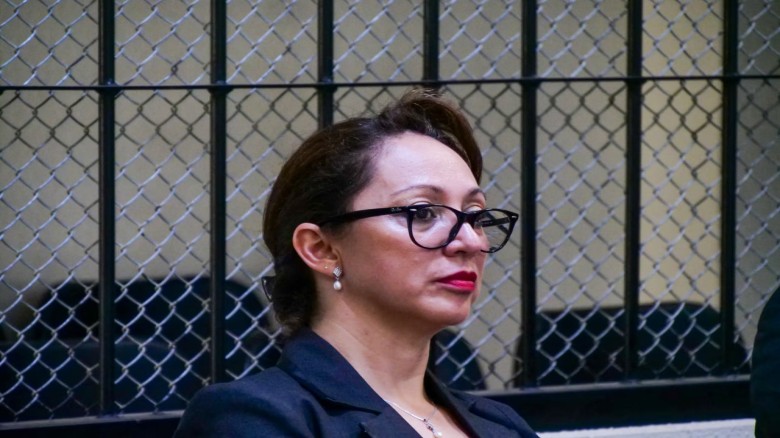





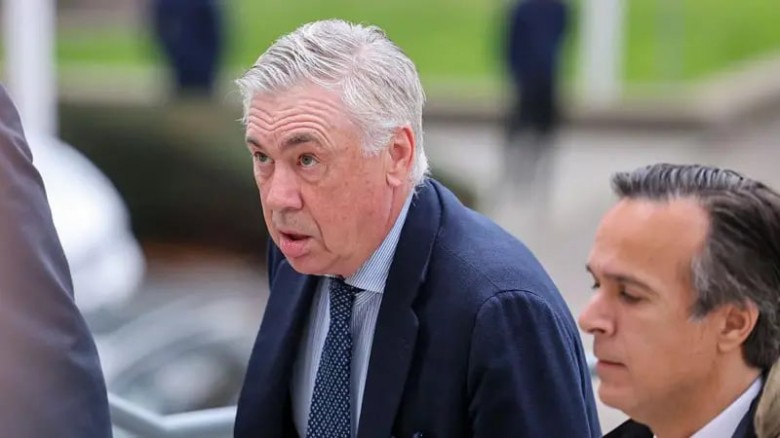





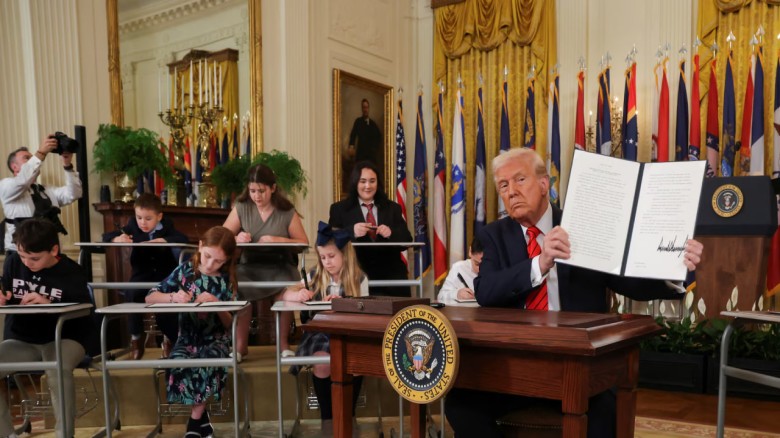


Leave A Comment